As an oral historian while conducting an interview it is important you give your full attention to the interviewee. Hence you cannot write down everything the interviewee is saying as it is distracting and the without a doubt, important information can be lost since keeping up with every word they utter with complete accuracy is close to impossible. It is also annoying to keep interrupting the interviewee asking them to repeat so that you can write something down.
Your recordings will be unique historical “documents” which other people need to be able to hear and understand easily, so it’s worth getting a good quality recording. If you can’t afford to buy any equipment you might be able to borrow some, maybe from another oral history group
In this blog I will go into the seven equipment that are required for basic oral history interviews that you should consider before conducting any oral history interview to get the best results. Let’s get started.
Portable Digital Audio Recorders
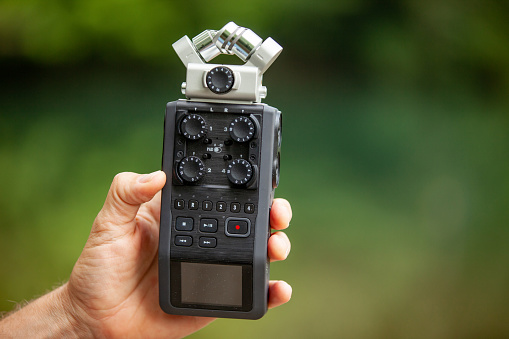
If you have a non-existent budget, or if you’re working on a low-profile job where you can’t bring much gear, you may only have the portable digital recorder itself to handle all of the audio work in a shoot.
Portable recorders are devices dedicated to recording quality audio sounds Additional features, high-quality recording, and a small form factor make up a portable audio recorder. Most portable digital recorders have decent-sounding built-in mics, but that doesn’t mean they’re going to deliver the best audio for your video productions. You would have to get them close to the sound to get better quality of sound quality and that is not ideal as the speakers may get a bit uncomfortable or uneasy.
Most people are able to mount their recorders on their cameras. Recorders like the Zoom H1n and TASCAM DR 05X can be mounted directly between a tripod and the camera or on top of the camera, resulting in a compact package all the while offering various audio inputs and outputs to allow the recording of high-resolution audio material in in parallel to, but separated from the camera and its video data.
If you are going to be doing recordings outside it’s absolutely necessary to use additional wind protection over the built-in microphones on the portable digital recorder. But no matter what you do, the end is game is always going to be getting the recorder as close to the action.
Microphones

For whatever recorder you decide to use, it is always advised to use an external microphone. The recorders mounted on a tripod can be okay but if there is external noise it can get picked up easily by the recorder. For one-to-one interviews internally the best microphone is a small tie clip or a lapel microphone discreetly attached to your clothing giving a huge improvement in the audio quality. The microphones can yield better results if your recorder is stereo and has two microphone sockets you can get two microphones one for each speaker.
Oral historians looking to conduct interviews outside or in open spaces, hand-held microphones yield better results as they pick up less unwanted noise. There are also special microphones designed for conferences. They are great as they deliver smooth, professional-style voice quality, some are also great for court reporting, classrooms, workshops, group video chats. Great examples of such devices are MXL AC404 USB Microphone, Samson UB1 USB Boundary Microphone, TONOR Conference USB Microphone, Gooseneck conference microphones, Ceiling-Mounted Microphones just to mention a few. They are all available on Amazon at favorable prices.
Secure Digital Memory Cards
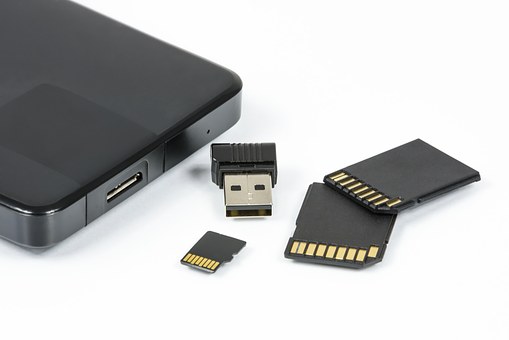
Also officially abbreviated as SD cards is one which is going to store additional amounts of information for you. It’s used for mobile devices such as cameras and smart phones, for instance and it’s capable of being a life saver in certain situations. The SD card is a basic way of transferring information and storing it for later use. No matter what recording device an oral historian uses you must have some kind of storage device where your data is going to be stored. While some devices have an inbuilt memory, many oral historians have vast amounts of recordings that they find themselves looking for additional storage capacity by using SD cards or other external storage devices. With this, comes the quest for a good memory cards with the capability of storing their data for them.
The good thing about it is that it’s a non-volatile solution just like the majority of storage devices and you don’t need power source for it to keep the data. Furthermore, it’s particularly portable and mobile and a regular SD card is going to be compatible with a wide range of mobile devices, provided they accept the implementation of a SD card.
Video

The long-term storage of video is becoming more and more challenging because it requires large amounts of memory and there are very few international standards of preservation of oral history in video format. Video has the benefit that it allows us to see an interviewee’s expressions and the location in which they were filmed. But some oral historians have mixed views about the impact of a video camera on the intimacy of the interview relationship and video is not suited for all interview projects (for example where body image is an issue). Others favor a hybrid approach: a longer audio interview followed by a short video interview, perhaps at a significant location or with something visual which really makes a virtue of use of video. Using video is a more complex and potentially expensive option than using audio and needs careful planning and up to date advice. To get the best results it might be worth working with a trained videographer or cameraman/woman.
Headphones
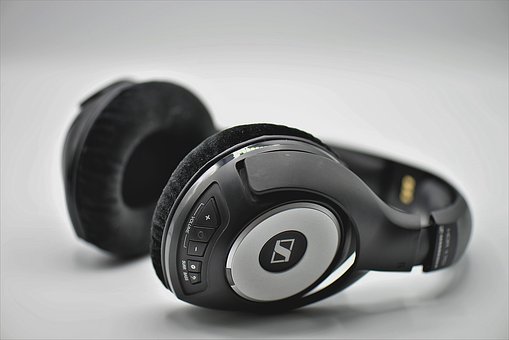
Setting aside your recorder and your storage device another handy piece of equipment would be headphones. They are ideal in oral history interviews as they help the oral historian monitor the audio recording. If there is a slight slip or issue with the recording, they will be able to rectify it there and then. This can be done by simply plugging in your headphones into your recording device and you’ll hear everything that’s being recorded. They also help in editing and production; you can listen back to your recordings and make any changes that are necessary to finally get a clean cut in the end.
Sound Editing Software Programs
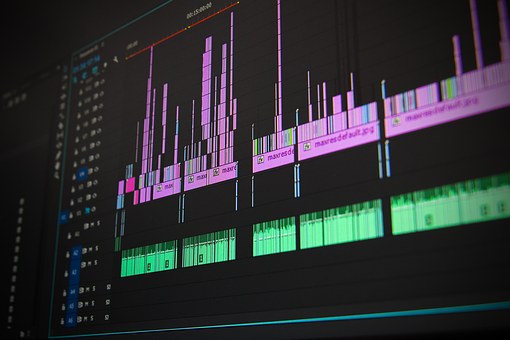
Sometimes oral historians have audio data that has unwanted recordings that need trimming or editing. With the help of today’s technology this has been made possible. Audio editing software allows users to edit and generate audio files to their liking. These tools are used by audio editors and engineers to mix or delete audio sections. But some oral historians have taken it upon themselves to learn how to use these software programs to edit their own recordings to their liking making the work easier and cheaper since hiring an expert may be above their means.
Audio Upload Software and Transcription Services
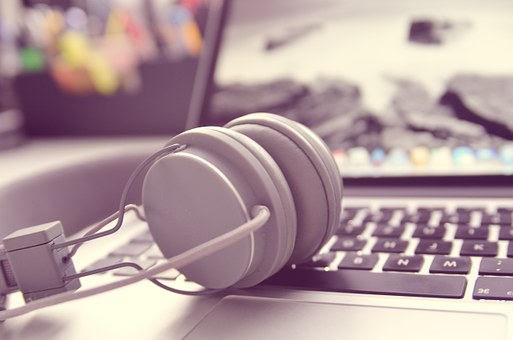
Once an audio file with data is collected in a recorder by the oral historian and saved in an SD card or a memory card it needs to be uploaded into a software for analysis. An audio can be uploaded in a vast number of formats, and there is no one size fits all. The uploading software is all dependent on what the oral historian will want to use the data collected for. Some apps make it easy for the less experienced audio editor.
Once the audios are uploaded and secure, the oral historian can choose to transcribe the audios him or herself or have them transcribed for them so as to have hard clean copies of their data.
Conclusion
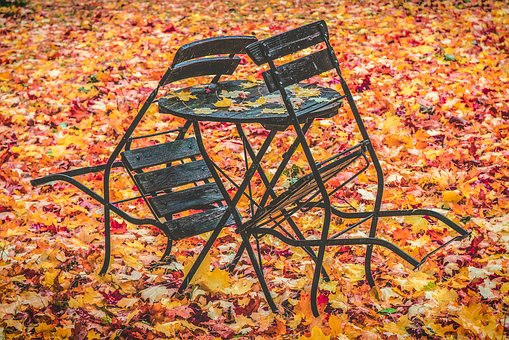
There are a vast number of equipment that can be used by oral historians to conduct successful oral history interviews. The preference of each individual varies according to one’s needs and financial ability. Some very good devices come at very affordable prices and work just as good as the really expensive ones. All it requires to get it right, is to find out more about the equipment by doing your research on their functionality. With that being said, I wish you the best in picking out suitable equipment for your oral history and related research.
That’s it for this blog. I do hope it was helpful. Look out for my next blog on Top Four Reasons to Use the Narrative as a Research Strategy.
Please leave a comment below and feel free to reach out to us for any oral history transcription needs. Till next time, stay safe and remember always be kind try to stay positive and learn to unwind.
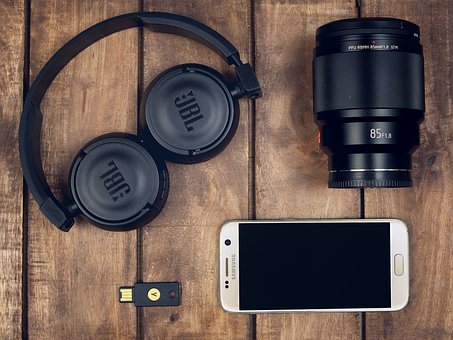
One response to “Top 7 General Equipment for Oral History Interviews”
[…] blog on Sources of Oral History, I do hope it has been useful. Look out for my next blog on the Top Seven General Equipment for Oral History Interviews. If you are an oral historian or a researcher or have any audios that you would love transcribed, […]